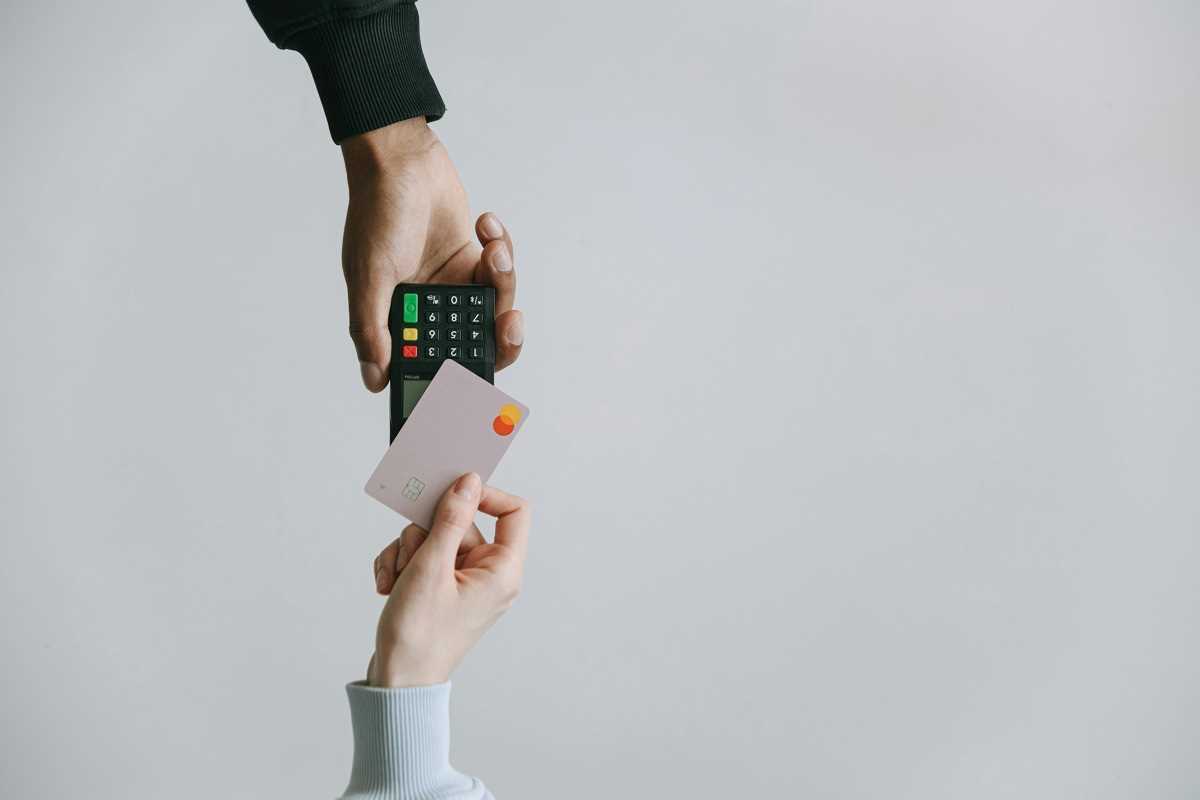Running a local business can be tough. You’re up against everything from online giants to neighboring competitors—and don’t even get us started on the tight budgets. But here’s some good news: scaling your business doesn’t have to mean breaking the bank. The secret weapon? Hyper-regional marketing.
Hyper-regional what now? Don’t worry, I’ll break it down. Hyper-regional marketing is like the laser-focused, younger sibling of traditional marketing. Instead of casting a giant net, it hones in on specific neighborhoods, small towns, or even individual streets. It’s about speaking directly to your local audience—meeting them where they live, shop, and hang out. And that’s what makes it so effective.
Traditional Marketing vs. Hyper-Regional
- Traditional Marketing: Think broad. It’s about reaching as many people as possible—like a billboard on a busy highway or TV ads during primetime.
- Hyper-Regional Marketing: Think small and targeted. It focuses on specifics—your city, your neighborhood, or even the 3-block radius around your storefront.
The big benefit? Hyper-regional campaigns feel personal. Local customers are more likely to notice and trust your brand when you’re dialed into their community. It’s not just about throwing ads out there; it’s about connecting.
Practical Tips for Hyper-Regional Marketing Success
Now that you know the “why,” let’s talk “how.” Here are some actionable strategies to get you started.
1. Leverage Local Events
Local events are marketing gold for small businesses. Farmers’ markets, street festivals, sports tournaments—if the community is gathering, you need to be there.
- Set up a booth or sponsor a segment of the event to showcase your products or services.
- Offer freebies or samples. People love free stuff, and it’s a great way to start conversations.
- Use the event to gather email addresses or promote your social media channels. For example, host a giveaway where participants have to follow your Facebook page to enter.
Example: A bakery in a small town partnered with a local 5K run to hand out mini cupcakes at the finish line—each adorned with a flag featuring their logo and website. The result? Tons of happy runners, a flood of new follows on Instagram, and a spike in sales from new customers who visited the shop later.
2. Team Up with Nearby Businesses
There’s strength in numbers, and teaming up with neighboring businesses can amplify your reach.
- Cross-promotions: Team up to offer bundle deals. For instance, a florist could collaborate with a café to sell “Date Night Packages” that include flowers and dessert.
- Joint events: Host a community event together, like a holiday market or charity fundraiser.
- Referral systems: Recommend each other to customers—for example, a bike store can refer riders to a nearby café for coffee after a long ride, and the café can give discounts to cyclists who shop next door.
Example: A yoga studio partnered with a juice bar right down the street. They shared a banner ad reading, “Sweat Here. Sip There.” Everyone who bought a $10 yoga class got a coupon for a free smoothie. Both businesses enjoyed a steady increase in foot traffic.
3. Go Big on Geo-Targeted Digital Ads
With digital marketing, you don’t need a big budget to make a big impact—especially with tools like geo-targeting. Geo-targeting allows you to show ads to people based on their location, whether they’re in a specific zip code or even within a one-mile radius of your shop.
- Google Ads: Create localized campaigns that highlight services or deals specific to your area.
- Social Media Ads: Platforms like Facebook and Instagram are great for setting highly specific location targeting. Bonus points if you use local slang or references in your copy!
- Waze Ads: Got a brick-and-mortar location? Waze (the navigation app) allows businesses to show ads to drivers nearby.
Example: A taco truck owner used geo-targeted Facebook ads to promote daily specials to people within two miles of the truck's location. Not only did this double their lunchtime traffic, but it also helped them build a loyal following in the neighborhood.
4. Understand Local Customer Preferences
Listen, most communities aren’t one-size-fits-all. Hell, even two neighborhoods in the same city might have completely different preferences and vibes. For hyper-regional marketing to work, you need to dig deep into your local audience.
- Conduct surveys or informal interviews with customers to find out what they value most.
- Use platforms like Yelp and Google Reviews to read what people are saying about your business and your competitors.
- Build campaigns that reflect local culture, trends, and traditions.
Example: A coastal souvenir shop noticed a love for handmade items among their customers, so they began marketing “Local Artisan Saturdays,” where local crafters displayed their goods in-store. Customers loved it, sales spiked, and the shop grew its reputation.
Why Strong Community Relationships Matter
The beauty of hyper-regional marketing is how it strengthens your ties to the community. When people associate your business with supporting local causes, events, and other businesses, they’re not just buying your products—they’re rooting for you.
These relationships build loyalty. Customers are more likely to choose and recommend your business because it feels like a part of their community, not some faceless corporation.
Measuring Success
You can’t just “set it and forget it” when it comes to hyper-regional strategies. To know if your efforts are working, track metrics like foot traffic, sales, and online engagement.
- Pay attention to specific spikes after running a campaign (e.g., did hosting that booth at the community fair boost sales the next day?).
- Use unique promo codes or custom landing pages to track how different initiatives are performing.
- Keep talking to your customers! Their feedback is often the best indicator of what’s working.
Over time, tweak your approach based on insights from your data and feedback. Marketing isn’t static—neither are your customers’ needs.
Scaling your local business doesn’t require a million-dollar ad campaign. With hyper-regional marketing, you can grow by showing up for the community you already serve. By focusing on local events, partnering with other businesses, and using smart digital strategies, you’ll not only scale but also create something far more valuable—genuine connections with your customers.
 (Image via
(Image via





